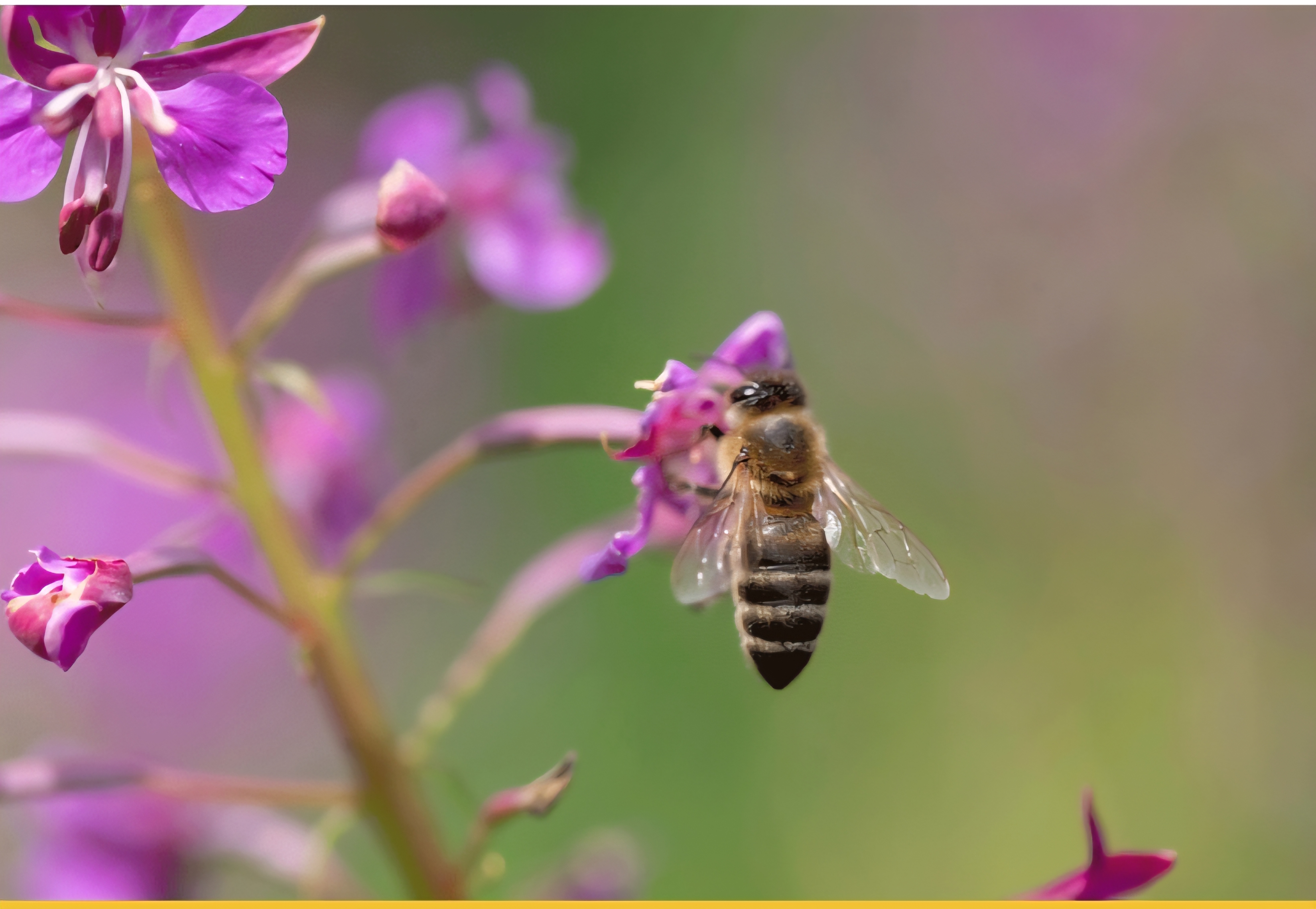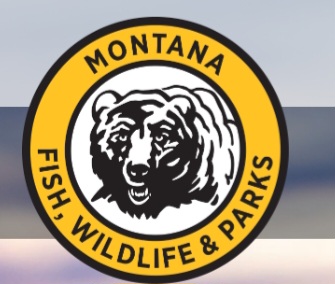FWP Offers Programs That Enhance Habitat For Pollinators
Author: Fish, Wildlife and Parks
You probably don’t think of pollinators very often. You might appreciate it when a butterfly flitters by or when a group of moths circle around a bright light or when a bumble bee is perched on a bright flower. But do you know so many of the things you enjoy in the outdoors need these creatures to survive?
“Pollination is a key ecosystem service, which are services provided by the natural world that makes life on earth possible,” said Ken Plourde, FWP’s habitat bureau chief. “Over 80 percent of flowering plants require a pollinator in order to reproduce, and that pollinator is usually an insect, such as a bee, butterfly, moth or fly.”
Maintaining a healthy habitat for these pollinators is important. Pollinator habitat is any portion of land that contains the resources necessary for these species to live and reproduce. Food resources are where pollinators get their name, meaning they need flowering plants because pollen or nectar from flowers is their food source. In the act of obtaining that food, they disperse some pollen to other flowers. This cross pollination from one flower to another is a key part in reproduction cycles for many plants.
Landscapes that support a diversity of flowering native plants are the best pollinator habitat, because those landscapes support different species of plants that flower all through the growing season from April through September. Native flowering plants can include broadleaved plants like arrowleaf balsamroot, fireweed and penstemons; or flowering shrubs like huckleberry and chokecherry. The other habitat resource all pollinators need is cover. This can mean a place to rest for the night away from potential predators, spots to lay eggs or even a place to hibernate during winter.
FWP has a variety of habitat programs that conserve, restore and enhance pollinator habitats. The Habitat Montana Program (https://fwp.mt.gov/conservation/landowner-programs/habitat-montana) provides funding to conserve important wildlife habitats across the state through long-term leases or perpetual conservation easements. FWP’s Upland Game Bird Enhancement Program (https://fwp.mt.gov/ugbep ) can provide funding to private landowners to plant diverse native grass and flower mixes that provide great habitat for pollinators and upland game birds. The Migratory Bird Wetlands Program (https://fwp.mt.gov/conservation/habitat/migratory-bird-wetland-program) conserves and enhances wetlands and certain types of wetlands often support many flowering plants important to pollinators. The FWP Forest Legacy Program (https://fwp.mt.gov/conservation/habitat/forest-legacy ) helps maintain healthy forests on wildlife management areas and other FWP lands. Those forestry projects often involve practices like thinning and prescribed burning that open up the canopy and allow more sunlight to reach the forest floor, which helps flowering plants to flourish. In addition to directly performing habitat work, FWP works with and supports many partners who also do important work that supports habitats for pollinators.
For folks looking to enhance pollinator habitat on a smaller scale, incorporating a diversity of native flowering plants is the easiest place to start. Planting native flowers in a variety of colors, shapes, sizes and textures with diverse bloom times that last for the whole growing season. This diversity in flowers and timing will help support many different species of pollinators.
For more information on how pollinators and their habitat also provide benefits for upland game birds and other wildlife, check out this Montana Outdoors article: Pollinators Forever (https:/fwp.mt.gov/binaries/content/assets/fwp/montana-outdoors/2023/pollinators.pdf ).
Article Images
Click on Image Thumbnail(s) to view fullsize image
PhotoCredit: FWP
Image 1 Caption: Pollinator
Image 2 Caption: Logo

